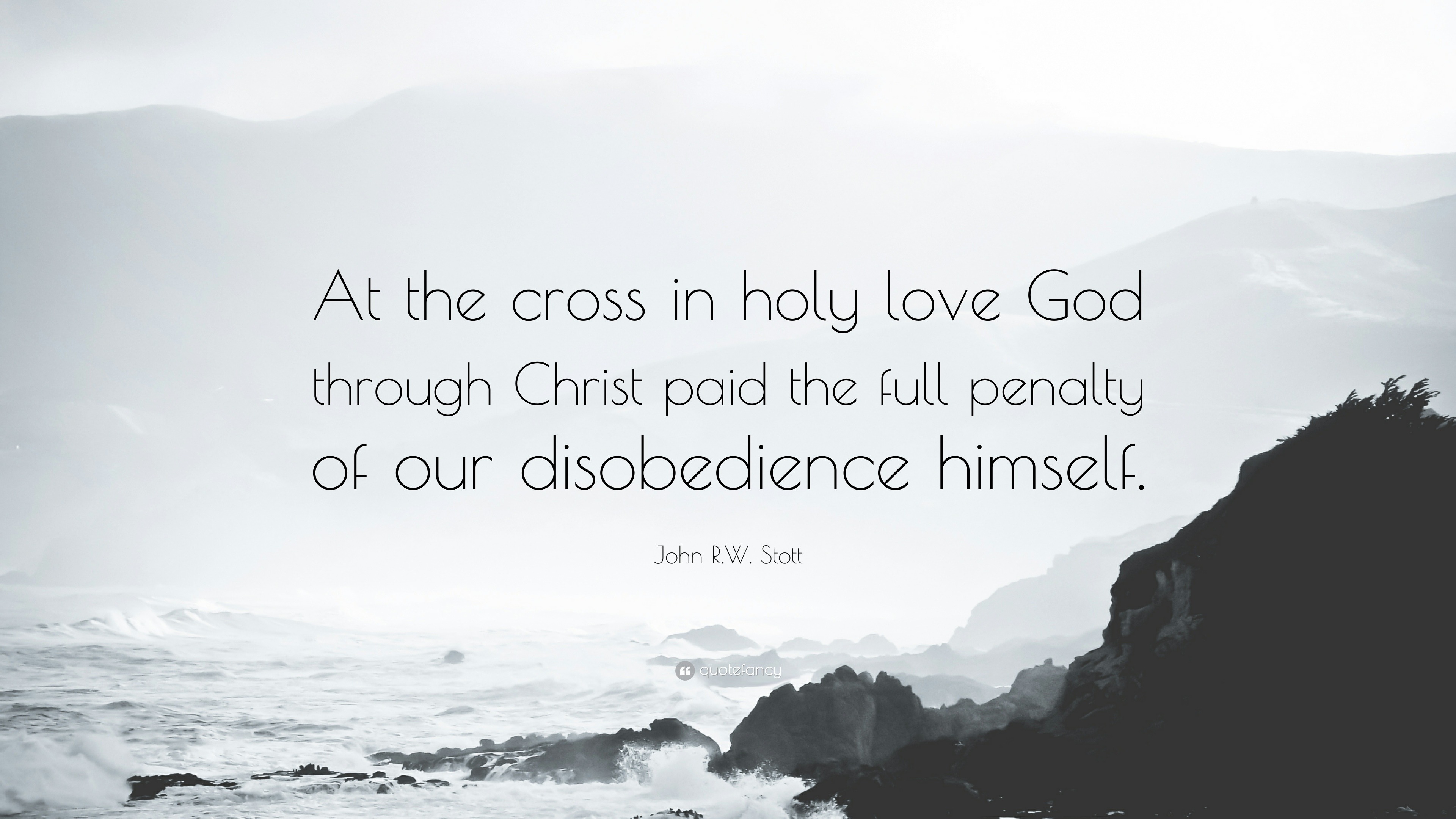

In the real world of pain, how could one worship a God who was immune to it?” With compelling honesty John Stott confronts readers with the centrality of the cross in God’s redemption of our pain-filled world.Ĭan we see triumph in tragedy, victory in shame? Why should an object of Roman distaste and Jewish disgust be the emblem of our worship and the axiom of our faith? And what does it mean for us today?įrom one of the foremost preachers and Christian leaders of his generation, The Cross of Christ is a classic, accessible, and compelling look at the work of Christ. This essay puts both exegetical and theological questions on display it does not attempt to answer all of these questions, but rather suggests a number of ways in which the next phase of the discussion ought to engage them.“I could never myself believe in God, if it were not for the cross.

What is needed, then, is an appraisal of the Socinian perspective that takes their exegesis seriously but does so in conversation with the broader New Testament witness and its theological implications.

For those seeking to close the gap between biblical and theological scholarship, both Socinus’s anti-Trinitarian approach and Moffitt’s narrowly historical approach remain problematic even though they present strong arguments for their interpretation of particular texts. This debate, moreover, has received new life in the recent work of David Moffitt (Atonement and the Logic of the Resurrection in the Epistle to the Hebrews 2011), who adheres closely to the Socinian view. However, another lesser-known debate regarding the sequence of the atonement has raged at least since Faustus Socinus argued in 1578 that Christ accomplished atonement not on the cross, but via his post-resurrection appearance and self-offering in heaven. Current atonement debates usually revolve around models and metaphors (Christus victor, penal substitution, etc.).


 0 kommentar(er)
0 kommentar(er)
